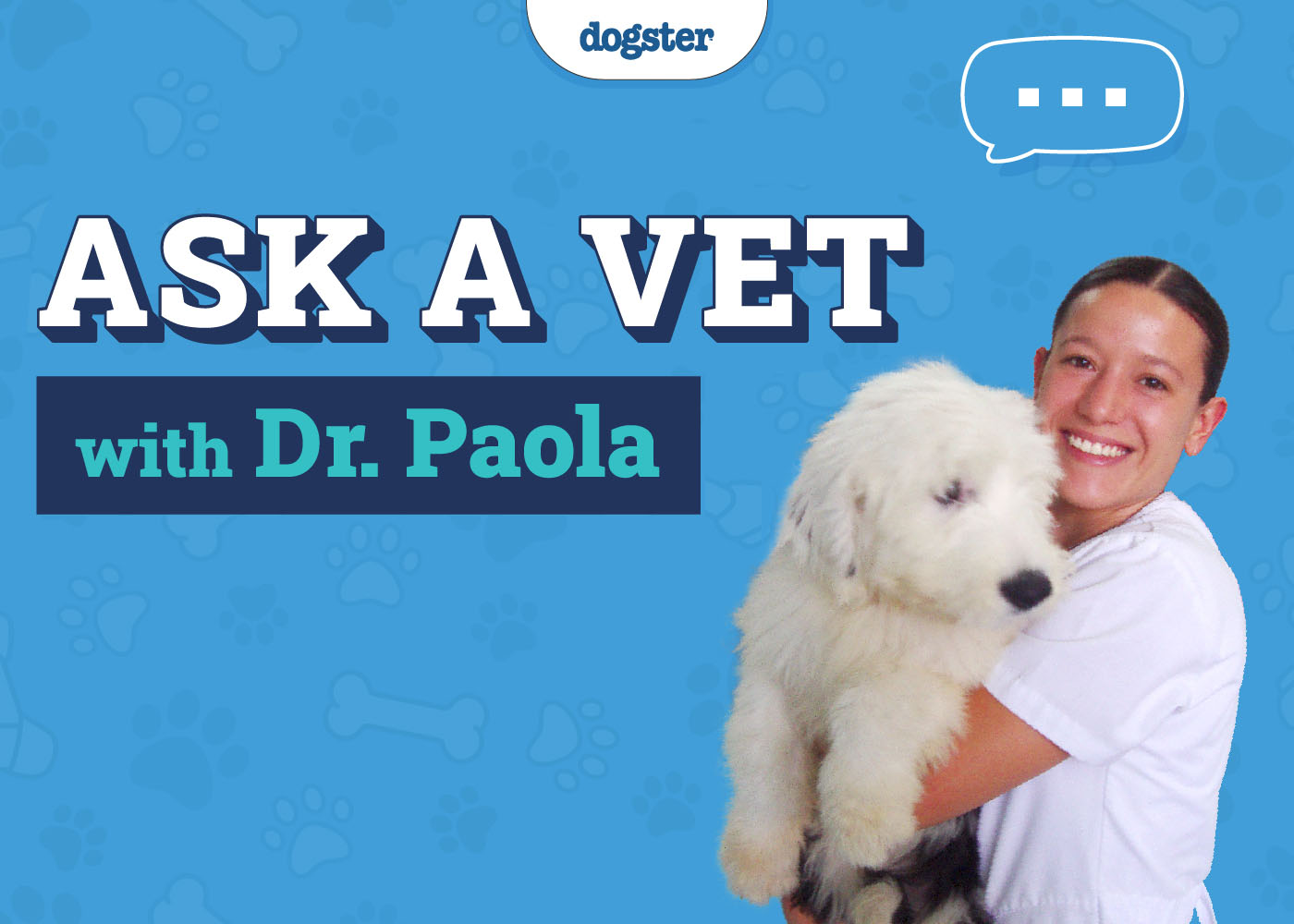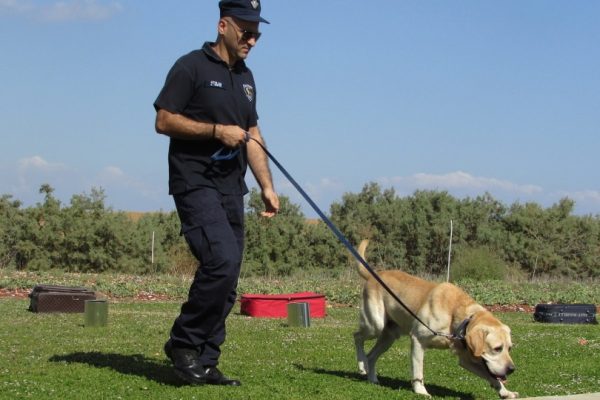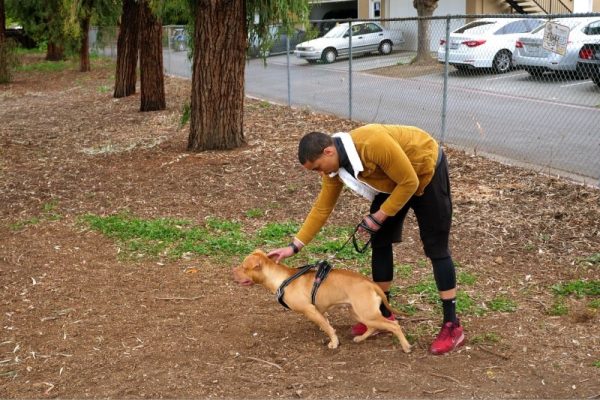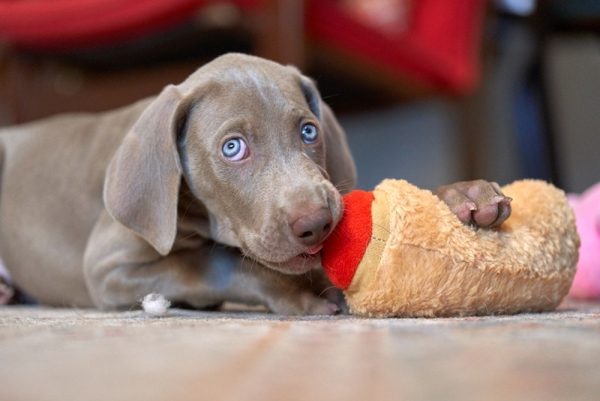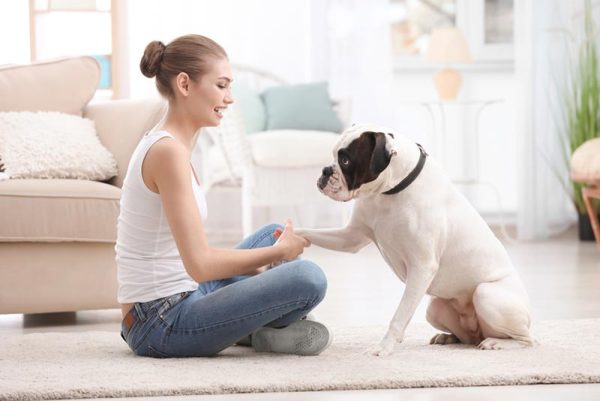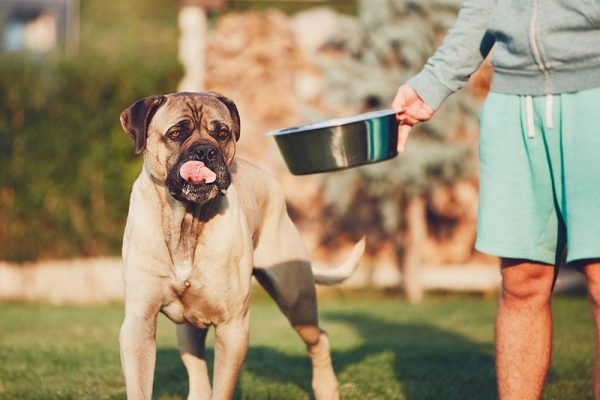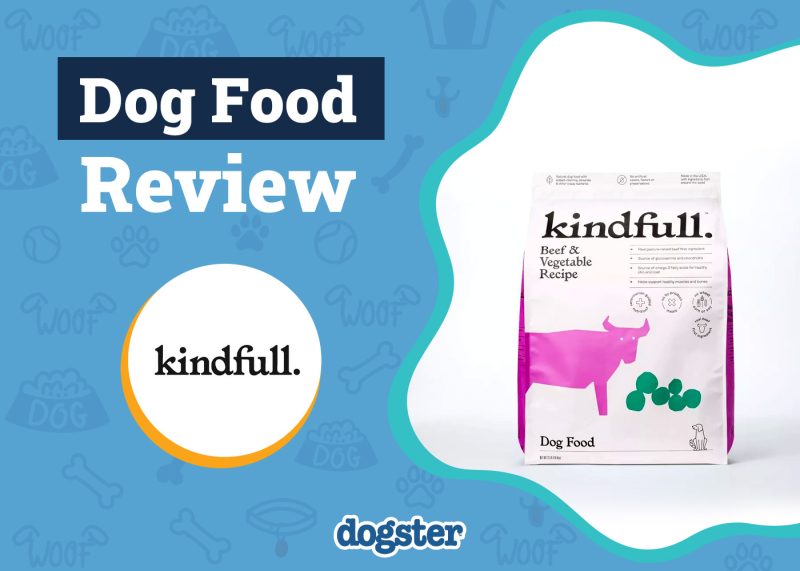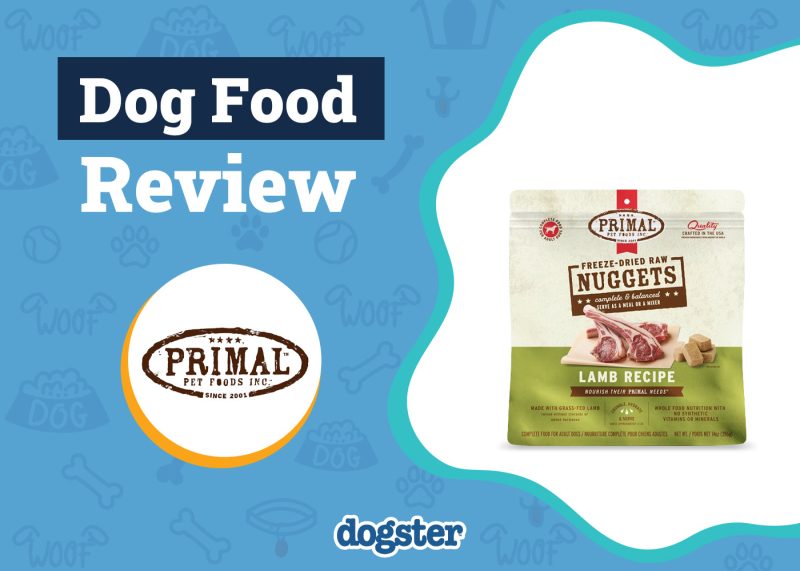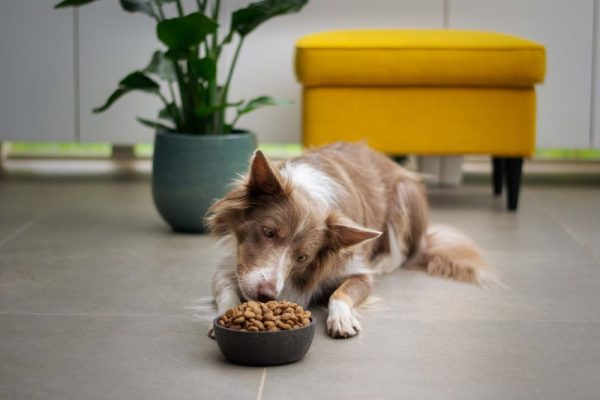Welcome to our “Ask Dr. Paola” series, where every Monday we bring expert advice straight from Dr. Paola Cuevas (MVZ) to help our readers better understand their dog’s health and well-being.
Whether you’re a new pet parent or a seasoned dog lover, Dr. Paola is here to provide answers to your most pressing questions. From nutrition tips and preventive care to troubleshooting common behavioral issues, Dr. Paola is ready to offer insights that will keep your furry friend happy and healthy. Stay tuned for expert guidance on a range of topics that matter most to you and your dog, so you can make informed decisions and provide the best possible care for your canine companion. Have a question? Send it in here!

Help! How Big Will My Dog Be?
“Dear Dr. Paola,
I have a Mini Bernedoodle, Callie, who is currently seven months old and 29 Pounds — about how big will she get if her father was a 12-pound Poodle? ” – Jim
Hi Jim,
Thank you for sharing about Callie. At seven months and 29 pounds, she’s likely close to her adult size, though she may still fill out a bit more over the next few months. In mixed breeds like a Mini Bernedoodle crossed with a smaller Poodle, predicting final size isn’t exact, but we can make an educated estimate based on growth patterns and parent size.
Most small to medium breeds of dogs reach about 75 to 85 percent of their adult weight by six to seven months of age. Since Callie is already 29 pounds, it’s reasonable to expect she might finish somewhere between 32 to 38 pounds once fully mature, depending on her specific genetics. Think of her current phase as a teenager; her frame is mostly in place, but she may continue to add some muscle and body mass. By the time she’s around 12 to 14 months, you’ll have a clearer picture of her full size. I hope this helps!
Dr. Paola
If you want real time answers to your questions, you can talk to one of our veterinarians online. Click on the image or button below:


Help! My Dog is Wheezing!
“My dog Tiny seems to be wheezing or having difficulty breathing, almost like she can’t catch her breath. She is a Chihuahua mixed with a dachshund. Also, I’ve noticed she gets hiccups often.“ – Levi
Hi Levi,
Wheezing or labored breathing in a dog is concerning, especially if it looks like she’s struggling to catch her breath. This kind of respiratory effort may be linked to a variety of underlying issues, ranging from something relatively mild like reverse sneezing or tracheal sensitivity to more serious conditions such as collapsing trachea, bronchitis, or even heart problems. Since Chihuahuas and Dachshunds are both breeds predisposed to airway and spinal concerns, it’s especially important not to ignore changes in breathing patterns.
As for the frequent hiccups, these are usually harmless and can happen due to minor digestive disturbances, excitement, or changes in breathing rhythm, particularly in younger or smaller dogs. However, when hiccups are seen alongside difficulty breathing, they can sometimes be a sign of irritation in the diaphragm or upper airway. While hiccups alone typically aren’t worrisome, the combination of signs you’re noticing in Tiny suggests it’s wise to consult with a veterinarian soon. If her breathing becomes more labored or noisy, or if she seems weak, pale, or lethargic, then please take her to the clinic without delay. Thanks for your trust!
Dr. Paola

Help! My Dogs Won’t Stop Barking!
“Hi Dr. Paola,
Our dogs, Harriet and Flora, bark all the time because they are bored. Every passing car or person is barked at all the time. I can’t entertain them all day. What to do ?I have tried the hand-held no-bark noise mechanism and the no-bark collar. Thank you.“ – Mary
Hi Mary.
It sounds like Harriet and Flora are expressing a mix of boredom and frustration through their barking, which is common when dogs feel understimulated or lack a clear understanding of what’s expected of them. While tools like no-bark collars or handheld deterrents might temporarily interrupt the behavior, they don’t address the root cause and can actually increase anxiety if the dogs don’t understand what they should be doing instead. It’s like trying to quiet a crying child without addressing why they’re upset; it may work in the moment, but the underlying need is still unmet.
Rather than relying on deterrents, the most effective and compassionate long-term solution is to enrich their environment and build in structured mental engagement. You don’t need to entertain them all day, but small, consistent changes can make a big difference. Remember that dogs need daily walks to release any pent-up energy. Try incorporating short daily training sessions that use positive reinforcement and reward calm behavior. Scatter feeding, food puzzles, and scent games are excellent outlets for their natural instincts and can be set up once and left for them to work through. Teaching a “quiet” cue and reinforcing it when they pause barking, even for a second, helps give them an alternative behavior that earns your attention. Also, blocking their visual access to triggers outside, such as using window film or keeping them in a quiet room during peak traffic times, can significantly reduce the need to bark.
Addressing barking is not about silencing your dogs, but about helping them feel more relaxed and purposeful in their environment. If you’re ever unsure about the best approach for your individual dogs, a professional positive reinforcement trainer can be a great support they have the knowledge and experience to help create a tailored plan that is specific for your dogs in their unique environment.
Best wishes,
– Dr. Paola
- View past week’s questions here: May 19, 2025
- See our full list of past articles here
- Click here to submit a question
- Get Dr. Paola’s weekly advice sent straight to your inbox. Sign up below!


